Narrow Thread-petal
Display all 14 images
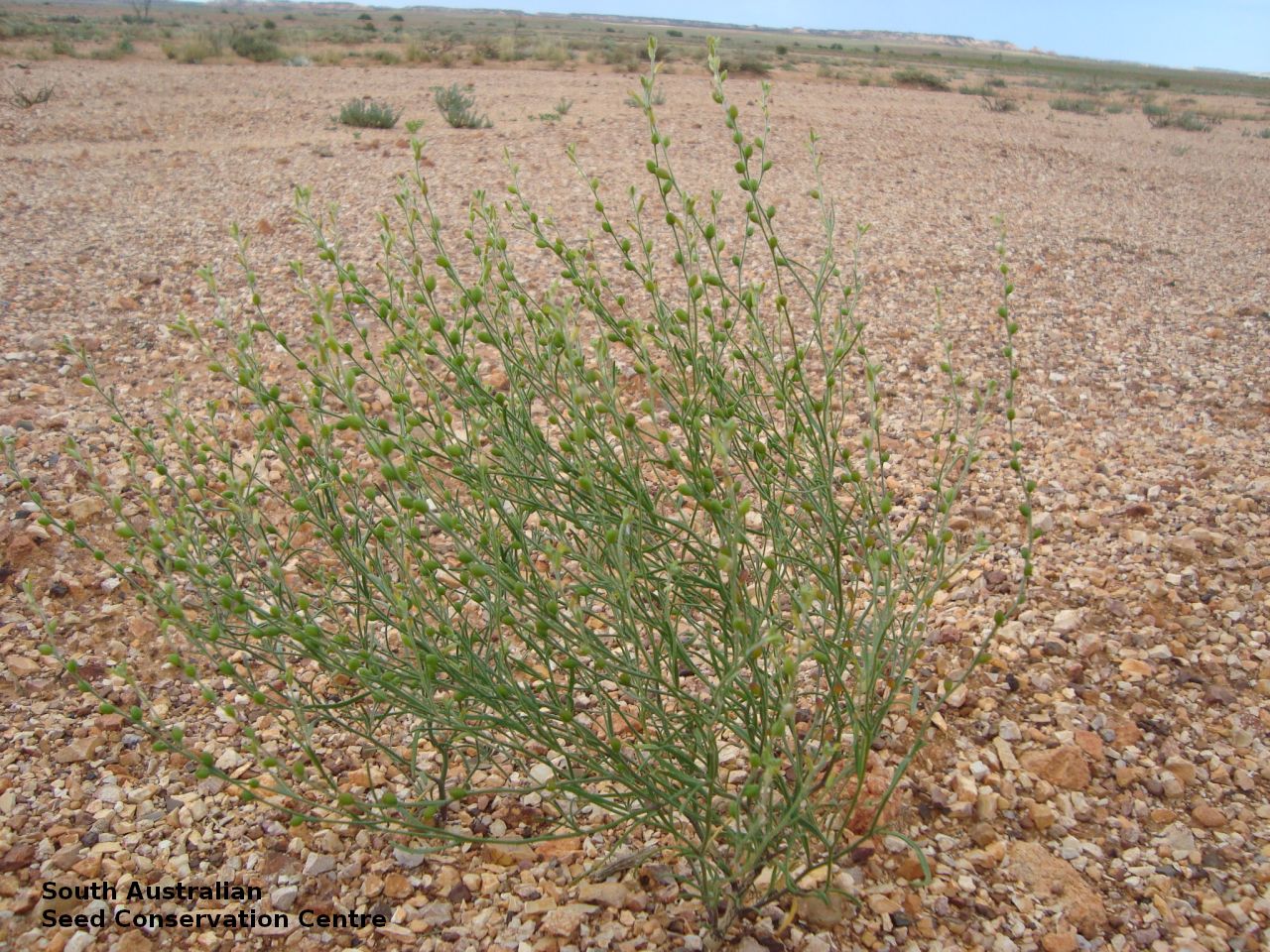
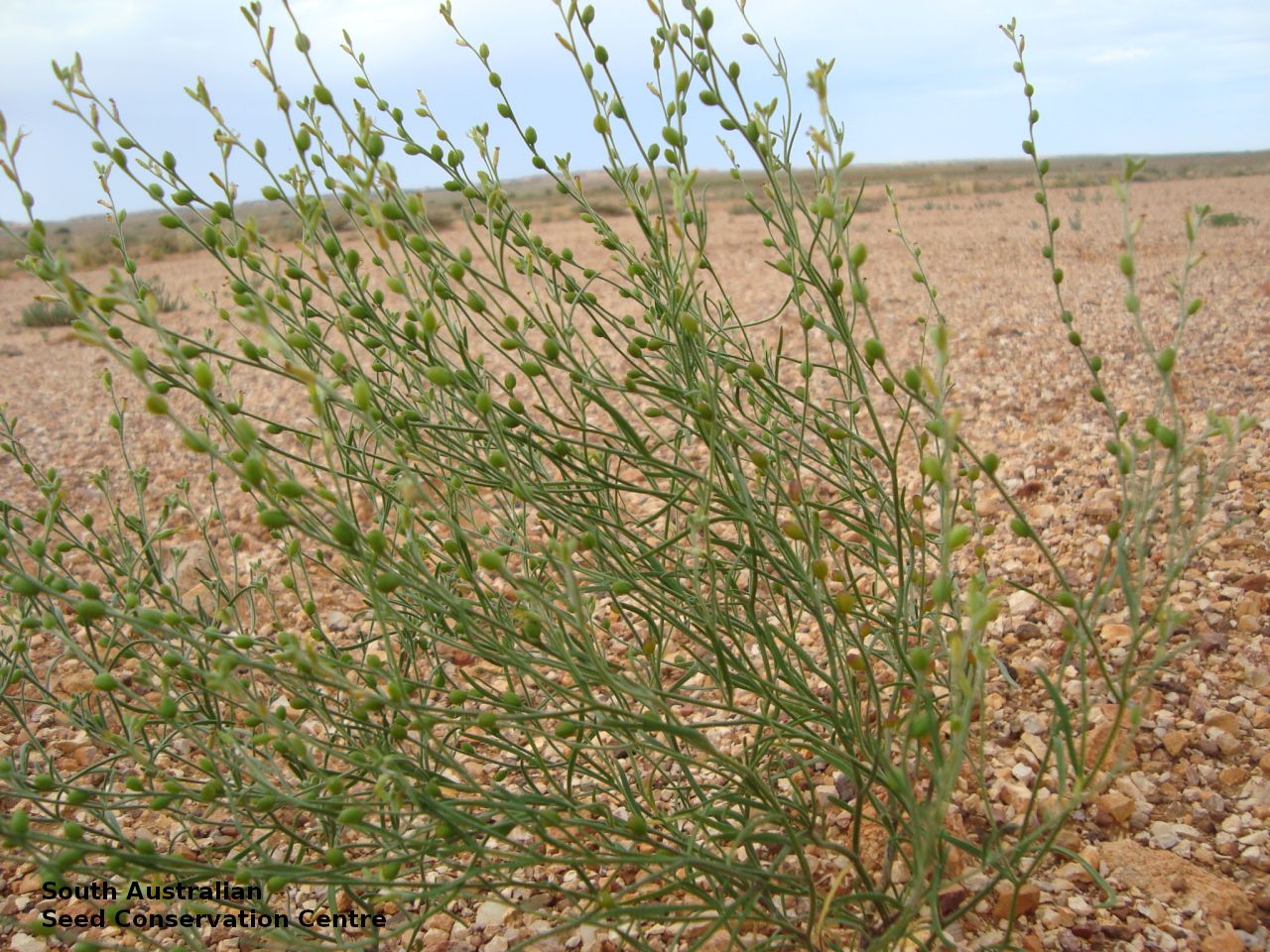
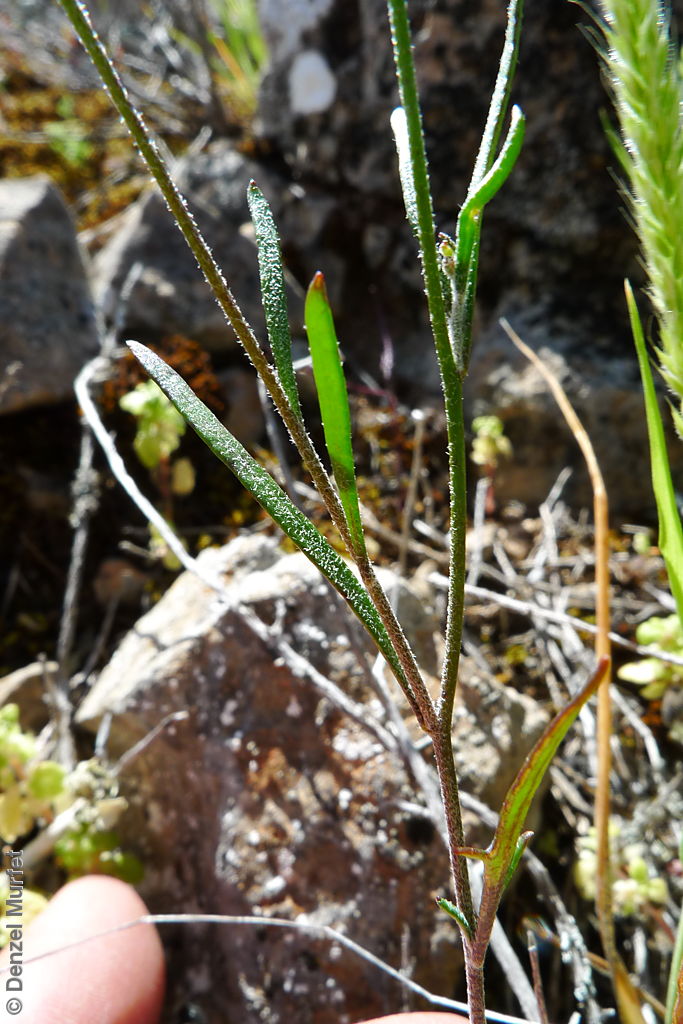
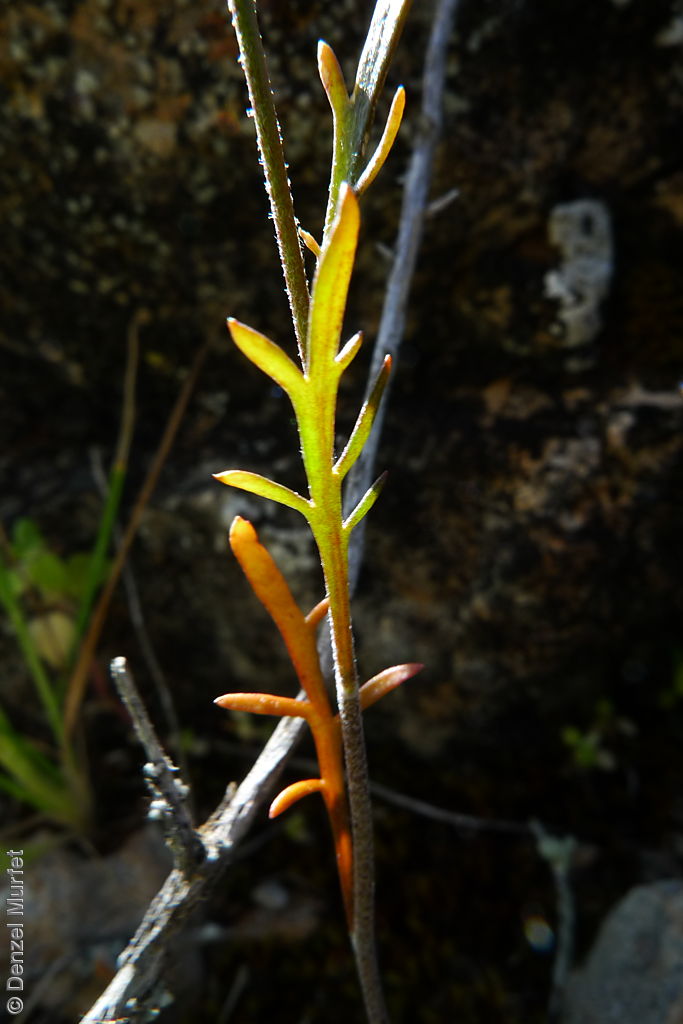
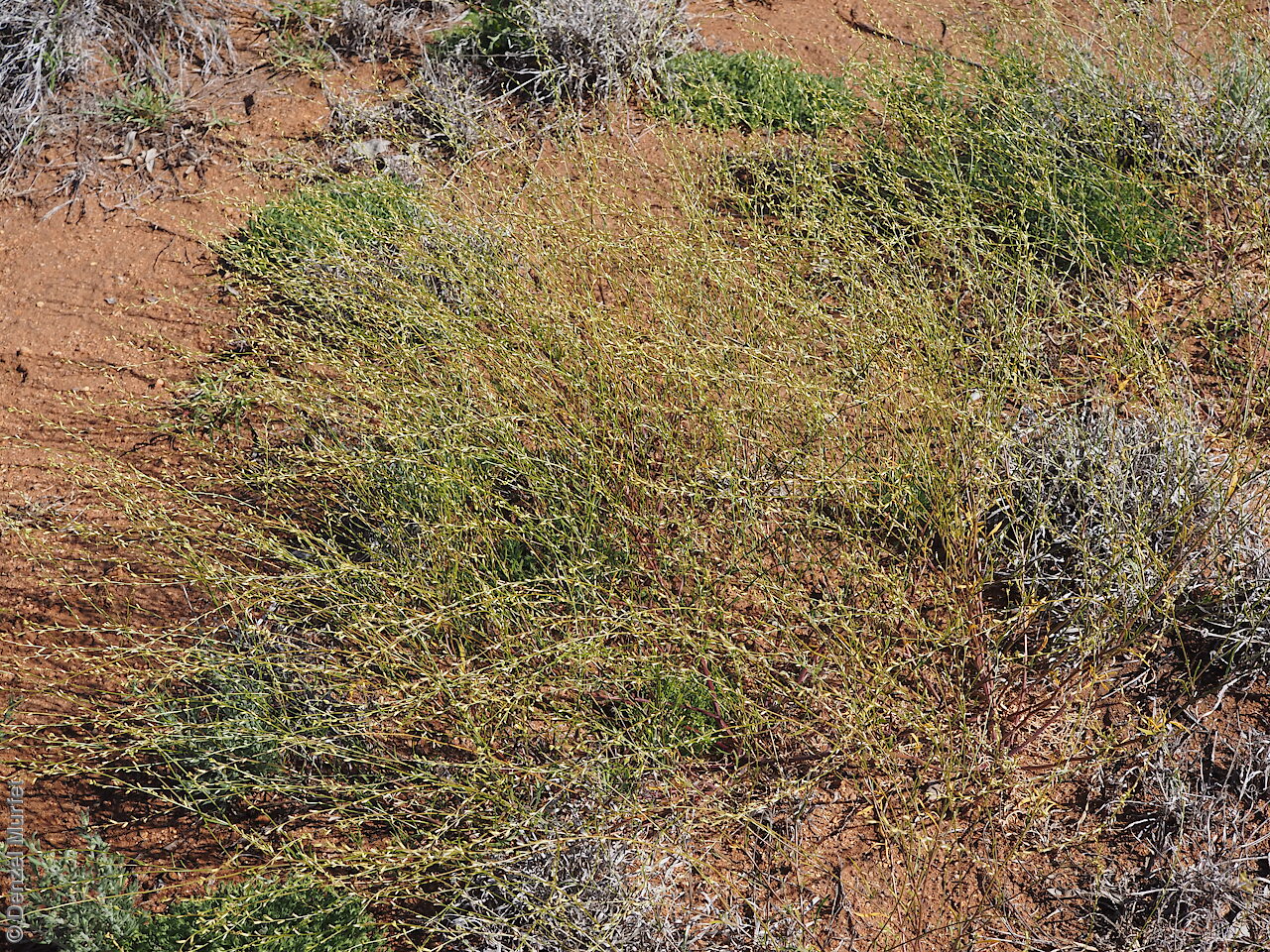
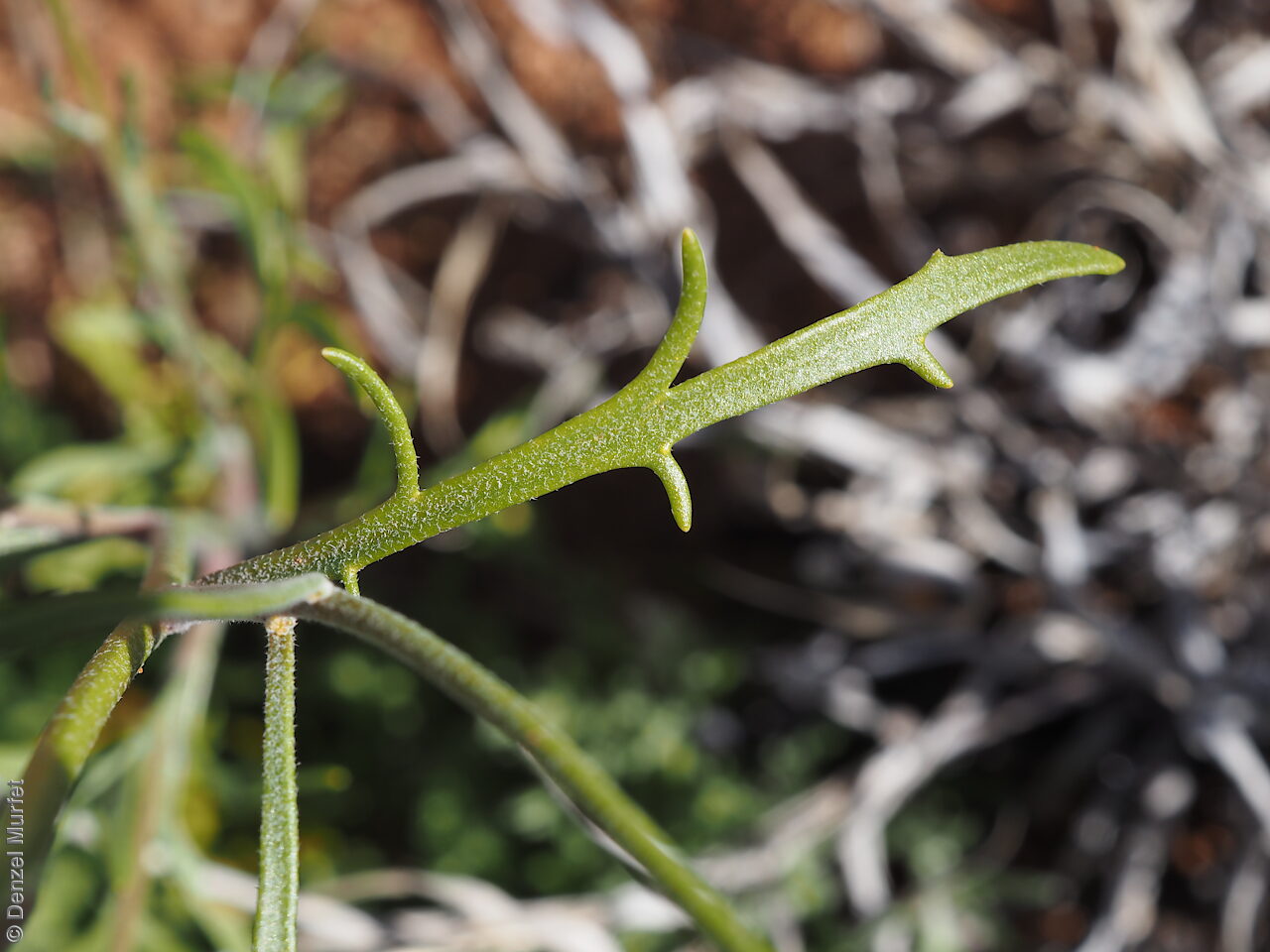
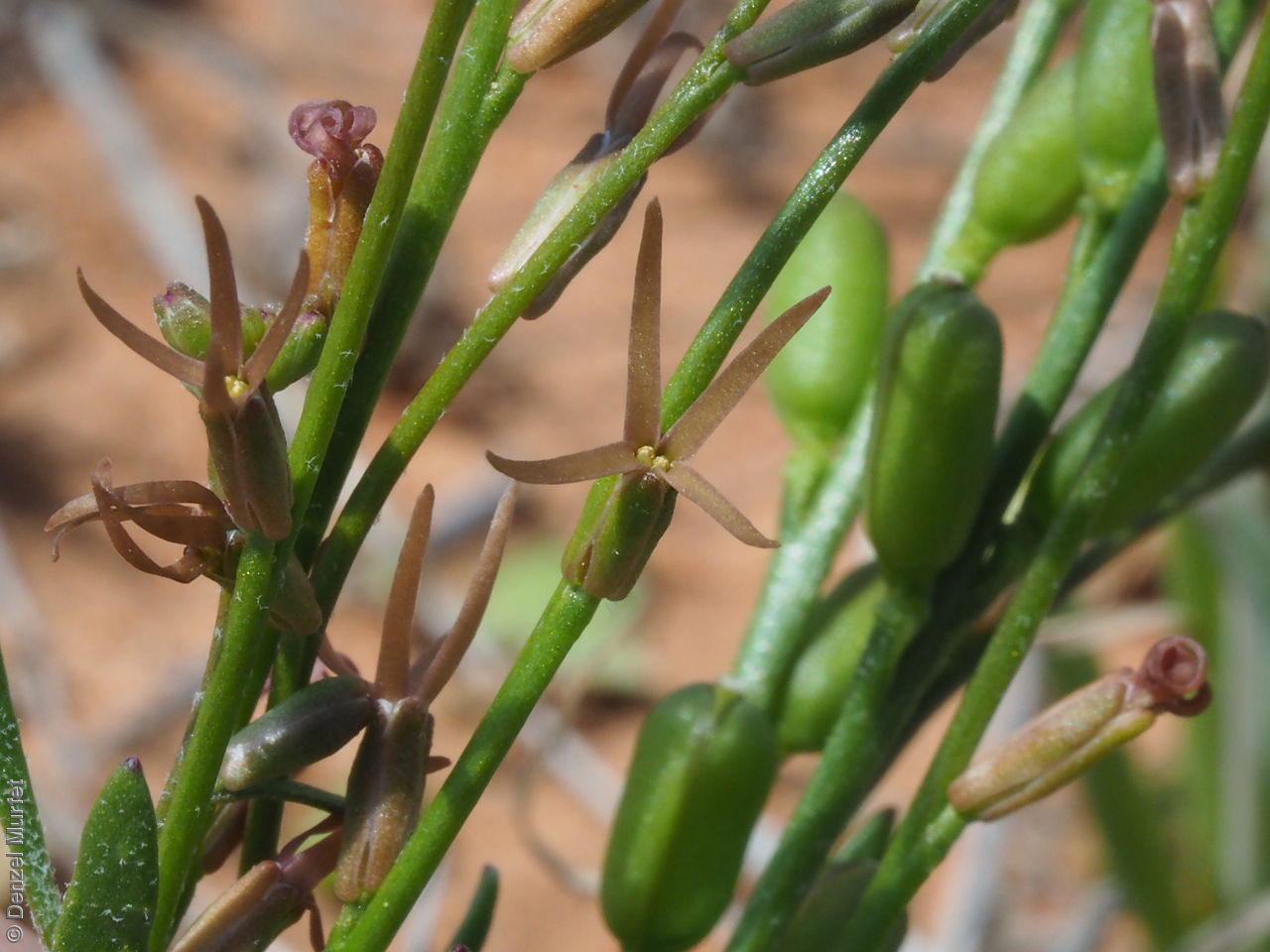
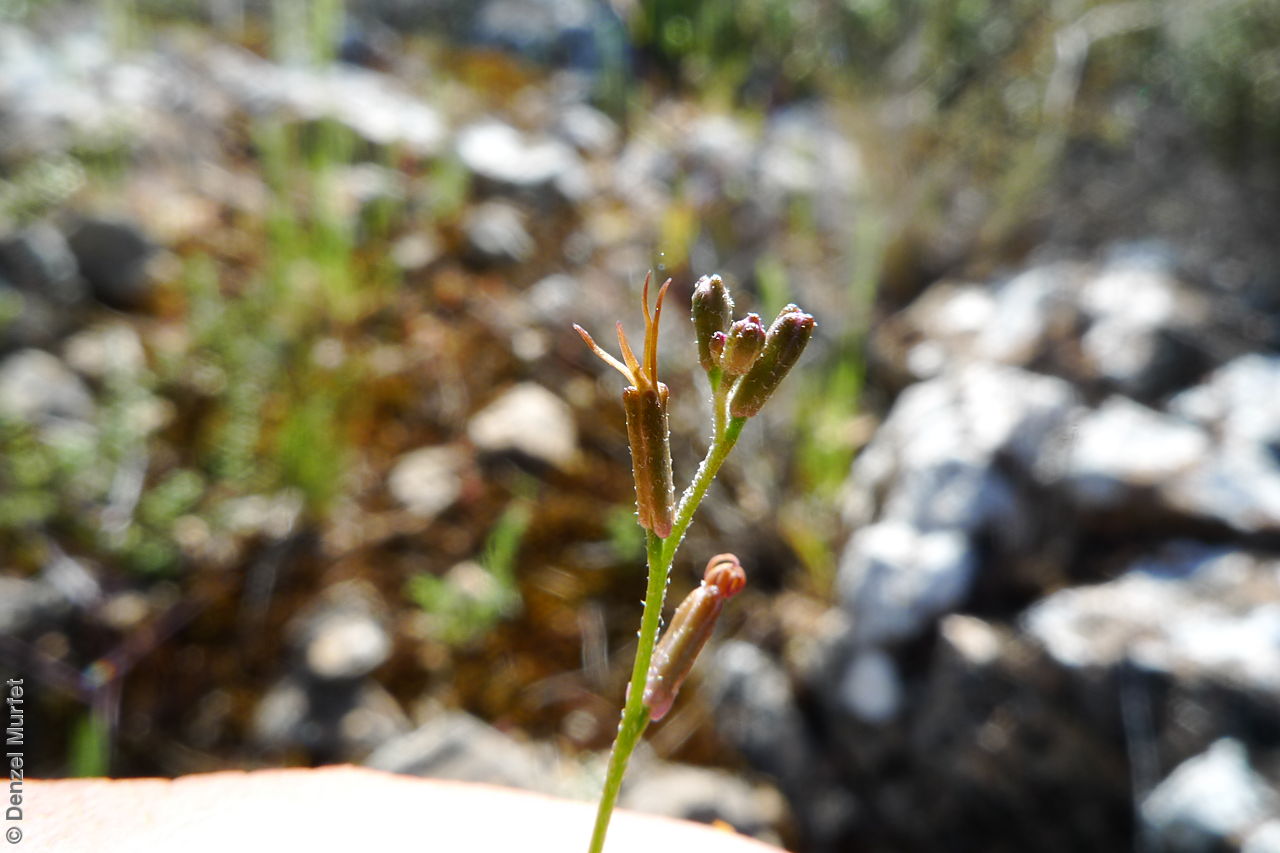
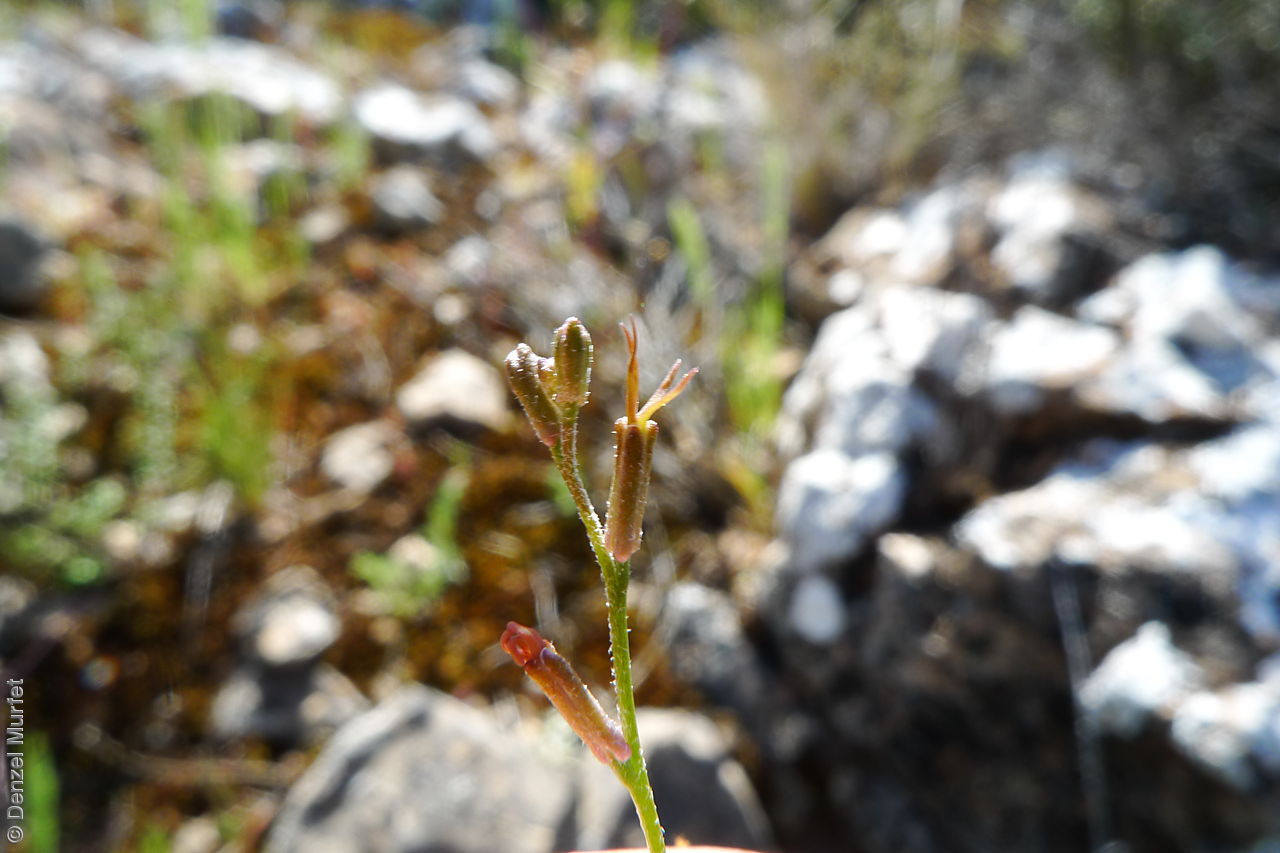
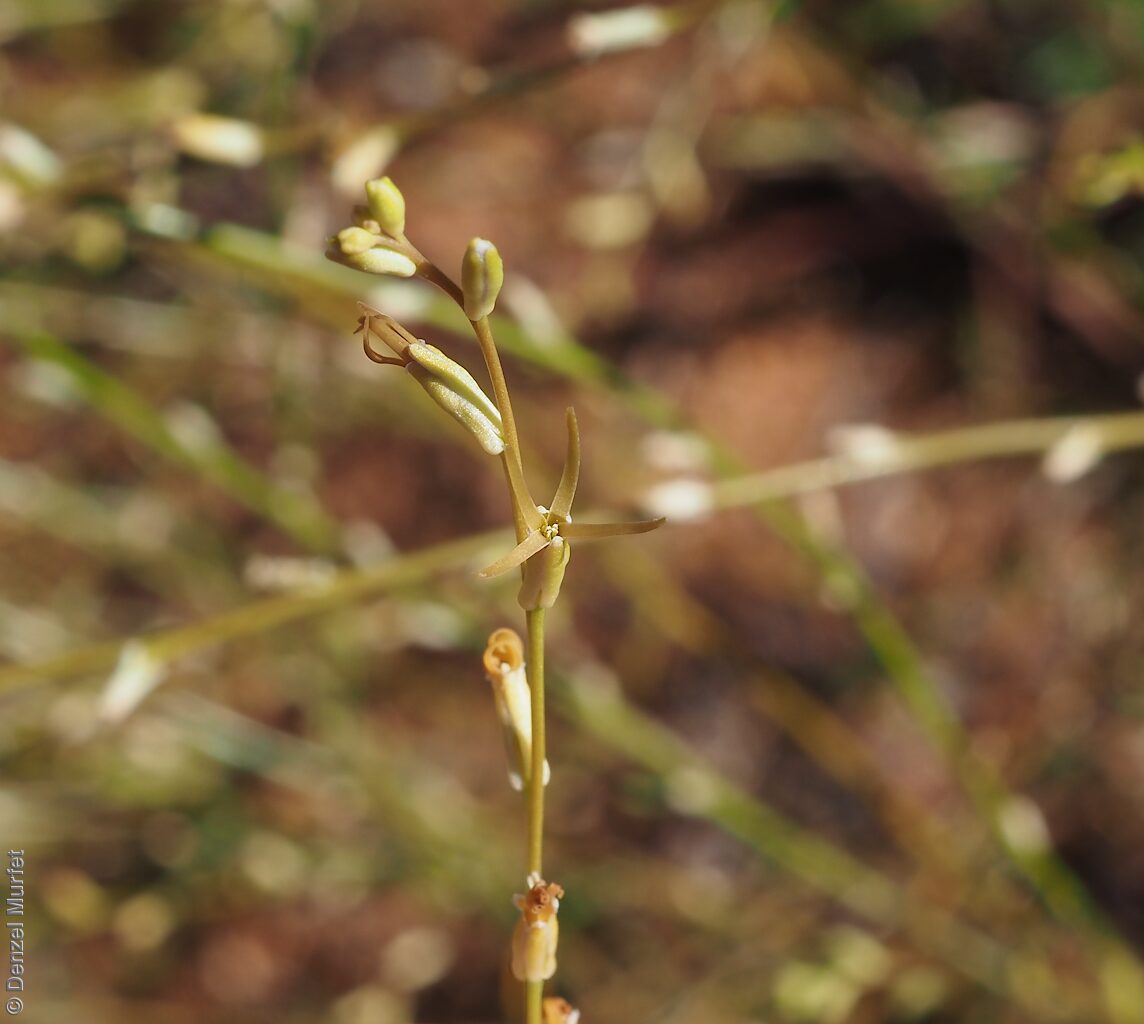
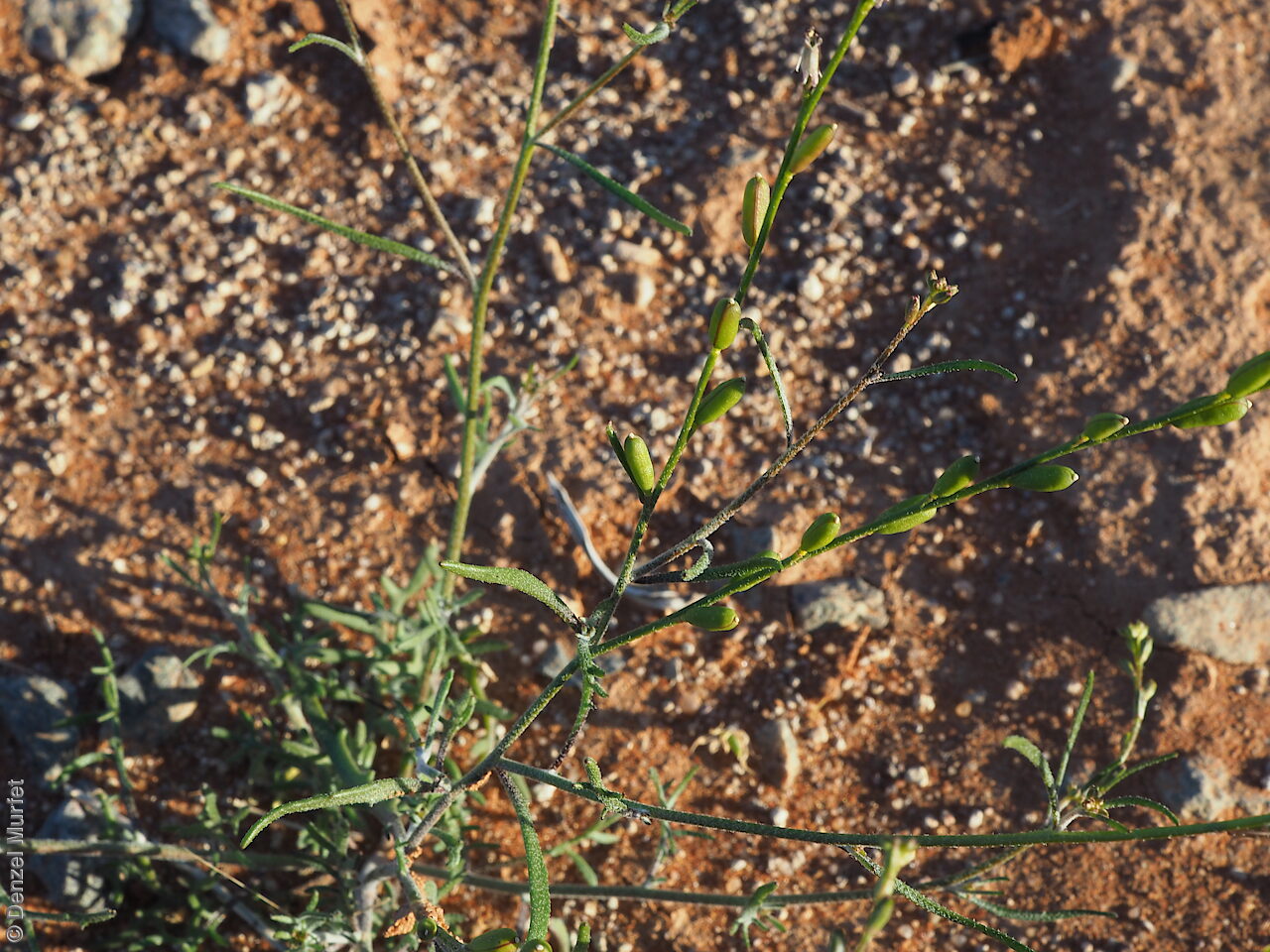
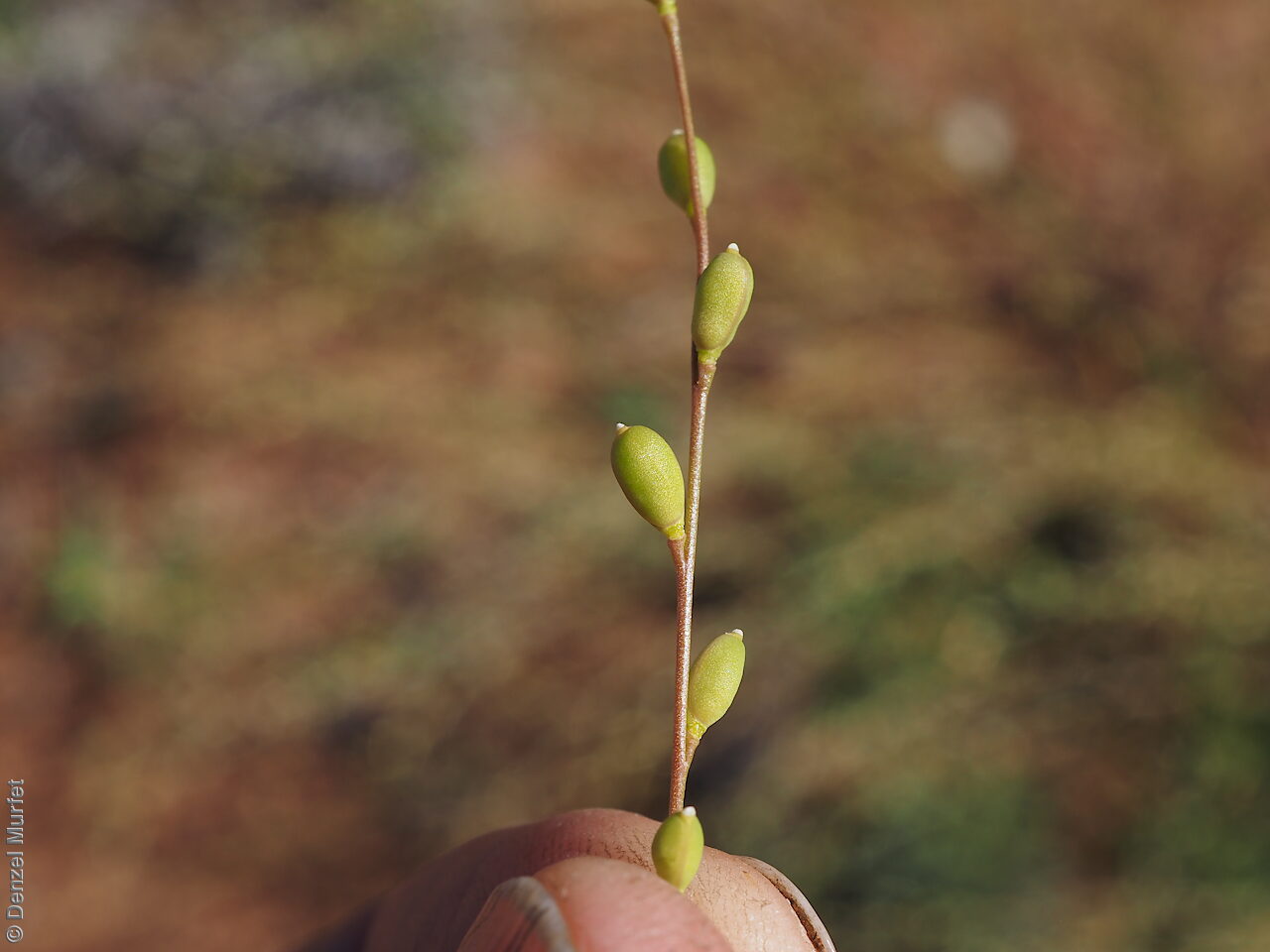
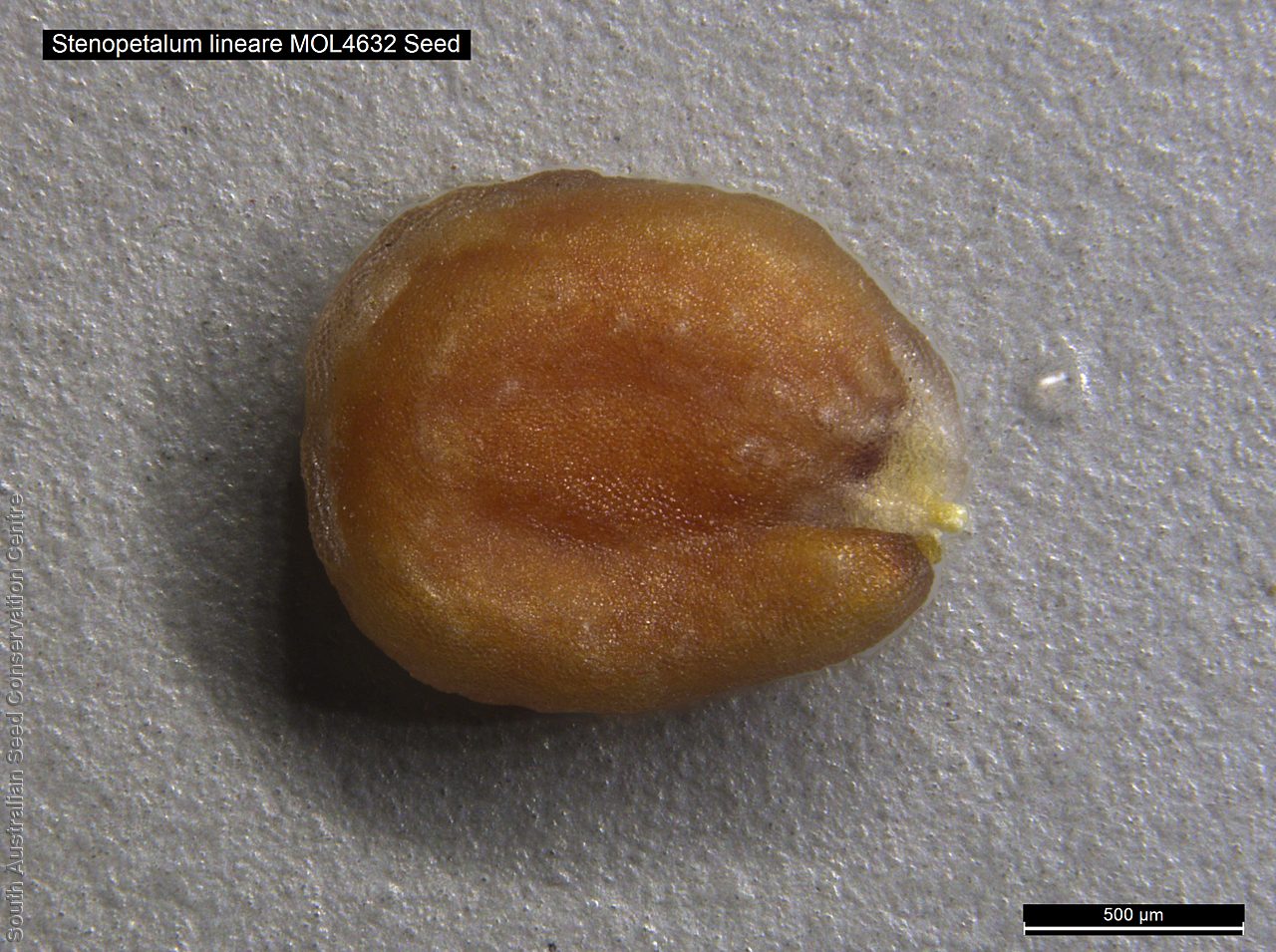
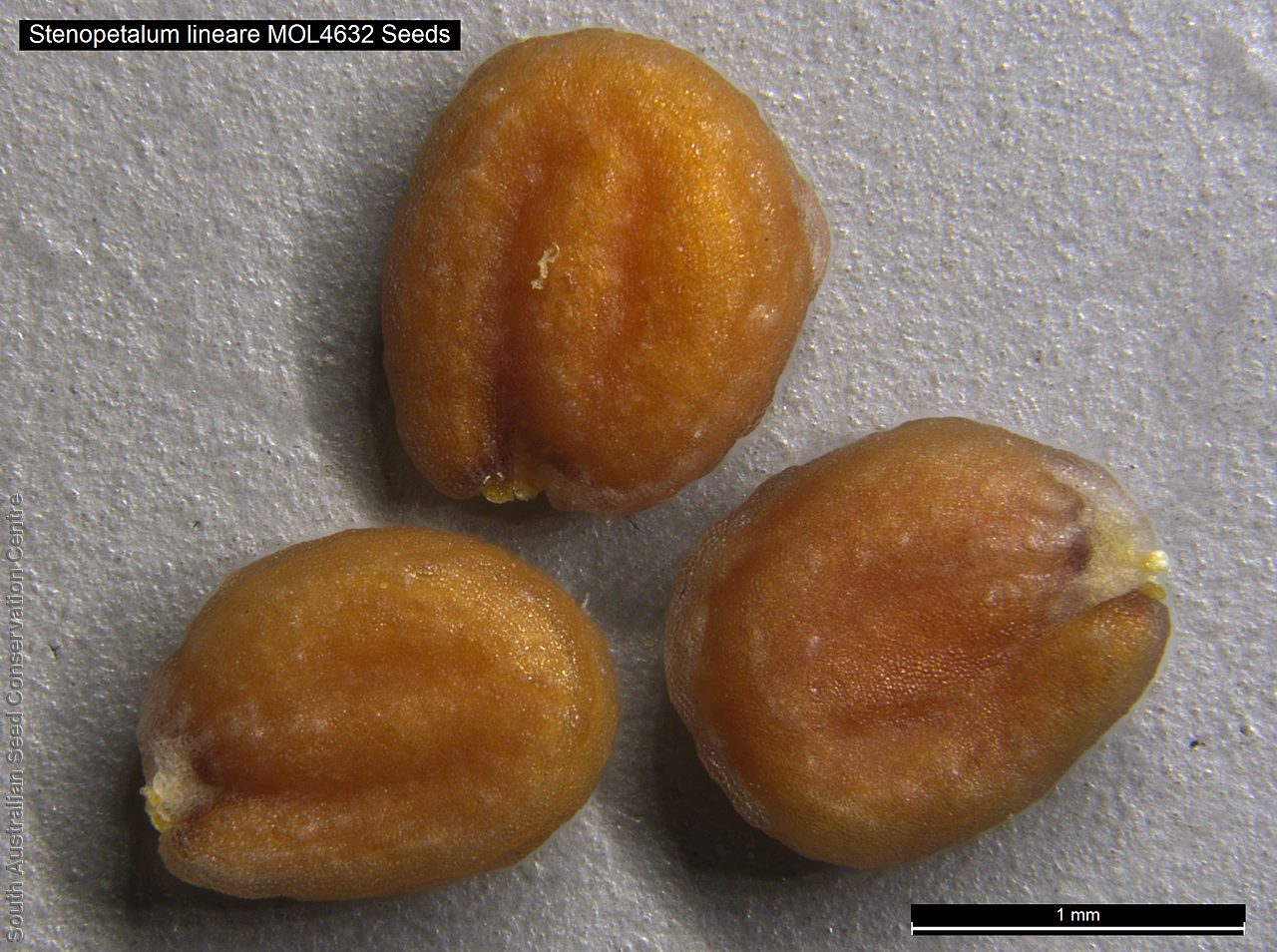
Regional Species Conservation Assessments per IBRA subregion.

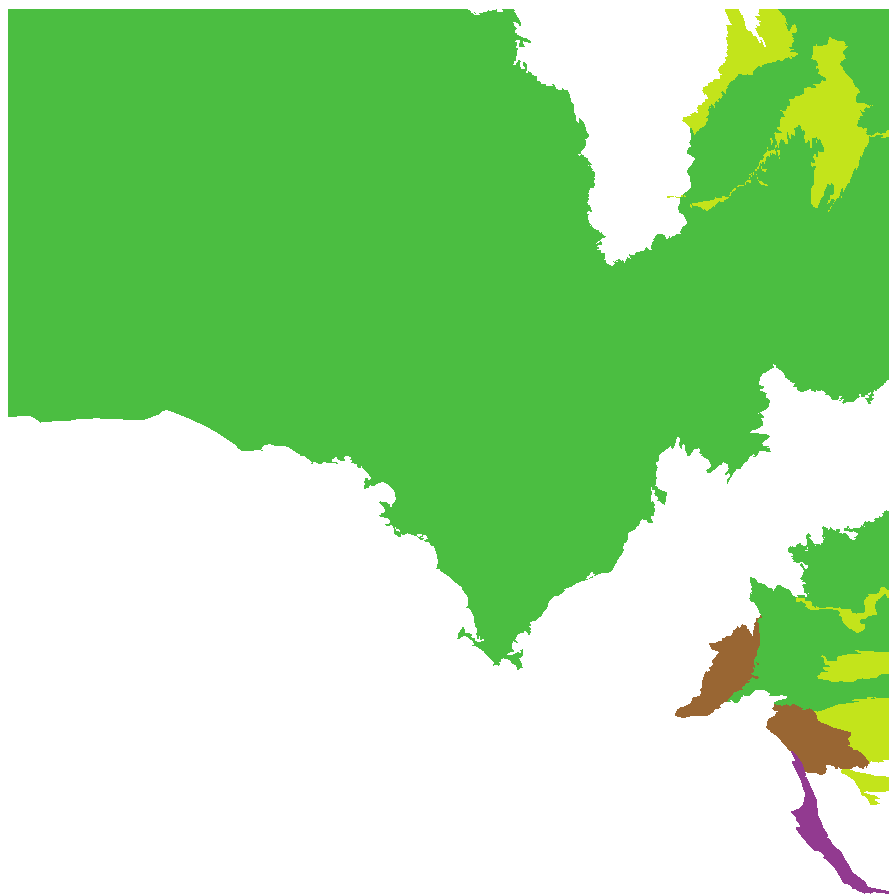
Least concern
Near threatened
Rare
Vulnerable
Endangered
Critically endangered
Extinct
Data deficient
Adelaide
Arkaroola
Ceduna
Coober Pedy
Hawker
Innamincka
Marla
Marree
Mount Gambier
Oodnadatta
Renmark
Wudinna
Keith
Yunta
Display IBRA region text
| Bridgewater (NCP01) | Naracoorte Coastal Plain | Regionally Extinct [possibly extinct] |
| Tintinara (NCP04) | | Rare (IUCN: RA d(i,ii)) [outliers] |
| Fleurieu (KAN02) | Kanmantoo | Rare (IUCN: RA d(ii)) [edge of range; Hartley, Monarto, Waitpinga] |
| Mount Lofty Ranges (FLB01) | Flinders Lofty Block | Rare (IUCN: RA d(ii)) (Probable Decline) [edge of range; habitat declining] |
| Northern Flinders (FLB05) | | Least Concern [a complex of species, could be split] |
| Central Flinders (FLB06) | | Least Concern [a complex of species, could be split] |
| Eyre Hills (EYB03) | Eyre Yorke Block | Least Concern |
| Talia (EYB04) | | Least Concern |
| Eyre Mallee (EYB05) | | Least Concern |
| South Olary Plain (MDD01) | Murray Darling Depression | Least Concern |
| Murray Mallee (MDD02) | | Least Concern |
| Lowan Mallee (MDD04) | | Near Threatened |
| Murray Scroll Belt (RIV06) | Riverina | Near Threatened (Probable Decline) |
| Myall Plains (GAW01) | Gawler | Least Concern |
| Gawler Volcanics (GAW02) | | Least Concern |
| Gawler Lakes (GAW03) | | Least Concern |
| Arcoona Plateau (GAW04) | | Least Concern |
| Kingoonya (GAW05) | | Least Concern |
| Torrens (GAW06) | | Least Concern [a complex of species, could be split] |
| Roxby (GAW07) | | Least Concern [a complex of species, could be split] |
| Commonwealth Hill (GAW08) | | Least Concern [a complex of species, could be split] |
| Maralinga (GVD03) | Great Victoria Desert | Least Concern |
| Kintore (GVD04) | | Least Concern [a complex of species, could be split] |
| Tallaringa (GVD05) | | Least Concern [a complex of species, could be split] |
| Yellabinna (GVD06) | | Least Concern |
| Carlisle (NUL01) | Nullarbor | Least Concern |
| Nullarbor Plain (NUL02) | | Least Concern |
| Yalata (NUL03) | | Least Concern |
| Warriner (SSD04) | Simpson Strzelecki Dunefields | Least Concern |
| Strzelecki Desert (SSD05) | | Least Concern |
| Breakaways (STP01) | Stony Plains | Least Concern [a complex of species, could be split] |
| Oodnadatta (STP02) | | Least Concern [a complex of species, could be split] |
| Murnpeowie (STP03) | | Least Concern [a complex of species, could be split] |
| Peake-Dennison Inlier (STP04) | | Least Concern [a complex of species, could be split] |
| Macumba (STP05) | | Least Concern |
| Witjira (STP06) | | Least Concern [a complex of species, could be split] |
| Baltana (STP07) | | Least Concern [a complex of species, could be split] |
| Sturt Stony Desert (CHC02) | Channel Country | Least Concern |
| Diamantina-Eyre (CHC04) | | Near Threatened [a complex of species, could be split] |
| Coongie (CHC06) | | Near Threatened |
| Lake Pure (CHC07) | | Least Concern [a complex of species, could be split] |
| Mann-Musgrave Block (CER01) | Central Ranges | Least Concern [a complex of species, could be split] |
| Watarru (CER02) | | Least Concern |
| Everard Block (CER03) | | Least Concern |
| Tieyon (FIN03) | Finke | Least Concern [a complex of species, could be split] |
| Pedirka (FIN04) | | Least Concern |
| 2 of 4 subregions | Naracoorte Coastal Plain | Rare , Regionally Extinct |
| Fleurieu (KAN02) | Kanmantoo | Rare (IUCN: RA d(ii)) [edge of range; Hartley, Monarto, Waitpinga] |
| 3 of 6 subregions | Flinders Lofty Block | Least Concern , Rare |
| 3 of 5 subregions | Eyre Yorke Block | Least Concern |
| 3 of 6 subregions | Murray Darling Depression | Least Concern , Near Threatened |
| Murray Scroll Belt (RIV06) | Riverina | Near Threatened (Probable Decline) |
| 8 of 8 subregions | Gawler | Least Concern |
| 4 of 4 subregions | Great Victoria Desert | Least Concern |
| 3 of 3 subregions | Nullarbor | Least Concern |
| 2 of 4 subregions | Simpson Strzelecki Dunefields | Least Concern |
| 7 of 7 subregions | Stony Plains | Least Concern |
| 4 of 4 subregions | Channel Country | Least Concern , Near Threatened |
| 3 of 3 subregions | Central Ranges | Least Concern |
| 2 of 2 subregions | Finke | Least Concern |
Botanical art
Kath Alcock paintings: 7
Prior names
Stenopetalum trisectum
Stenopetalum croceum
Stenopetalum lineare var. canescens
Etymology
Stenopetalum from the Greek 'stenos' meaning narrow and 'petalon' meaning petals; referring to the narrow petals. Lineare from the Latin 'linaria' meaning linear; referring to the species linear leaves.
Distribution and status
Found across South Australia except on kangaroo island, growing in a variety of habitats and soil types. Also found in states. Native. Common in South Australia. Rare in Tasmania. Common in the other states.
Herbarium regions: North Western, Lake Eyre, Nullarbor, Gairdner-Torrens, Flinders Ranges, Eyre Peninsula, Northern Lofty, Murray, Yorke Peninsula, Southern Lofty, South Eastern, Green Adelaide
NRM regions: Adelaide and Mount Lofty Ranges, Alinytjara Wilurara, Eyre Peninsula, Northern and Yorke, South Australian Arid Lands, South Australian Murray-Darling Basin, South East
AVH map: SA distribution map (external link)
Plant description
Annual or rarely biennial herb to 50 cm high, at least base of plants covered in irregularly branched or stellate hairs. Basal leaves to 10 cm long, pinnately lobed, lobes lanceolate to linear, toothed or entire, stem leaves to 10 cm long, pinnately- or 3-lobed to entire and thread-like. Inflorescence a terminal spike with chocolate-brown to olive-green. Flowering between July and September. Fruits are brown oblong to slightly obovoid pod to 7 mm long and 2 mm wide. Seeds are brown ovoid seed to 1.2 mm long and 0.8 mm wide. Seed embryo type is bent.
Seed collection and propagation
Collect seeds between September and November. Collect maturing pods those turning pale brown with brown seeds inside. Be gentle with the pods as they split open easily. Place the pods in a tray and cover with paper to prevent seeds from popping out and leave to dry for a week. Then rub the dried pods gently by hand to dislodge the seeds. Use a sieve to separate the unwanted material. Store the seeds with a desiccant such as dried silica beads or dry rice, in an air tight container in a cool and dry place. From one collection, the seed viability was high, at 100%.
| Location | No. of seeds
(weight grams) | Number
of plants | Date
collected | Collection number
Collection location | Date
stored | % Viability | Storage
temperature | BGA
MSB | 17,500 (3.92 g)
17,500 (3.92 g) | 60 | 26-Oct-2004 | MOL4632
Gairdner-Torrens | 28-Mar-2006 | 100% | -18°C |
Location: BGA — the seeds are stored at the Adelaide Botanic Gardens, MSB — the seeds are stored at the Millennium Seed Bank, Kew, England.
Number of plants: This is the number of plants from which the seeds were collected.
Collection location: The Herbarium of South Australia's region name.
% Viability: Percentage of filled healthy seeds determined by a cut test or x-ray.















